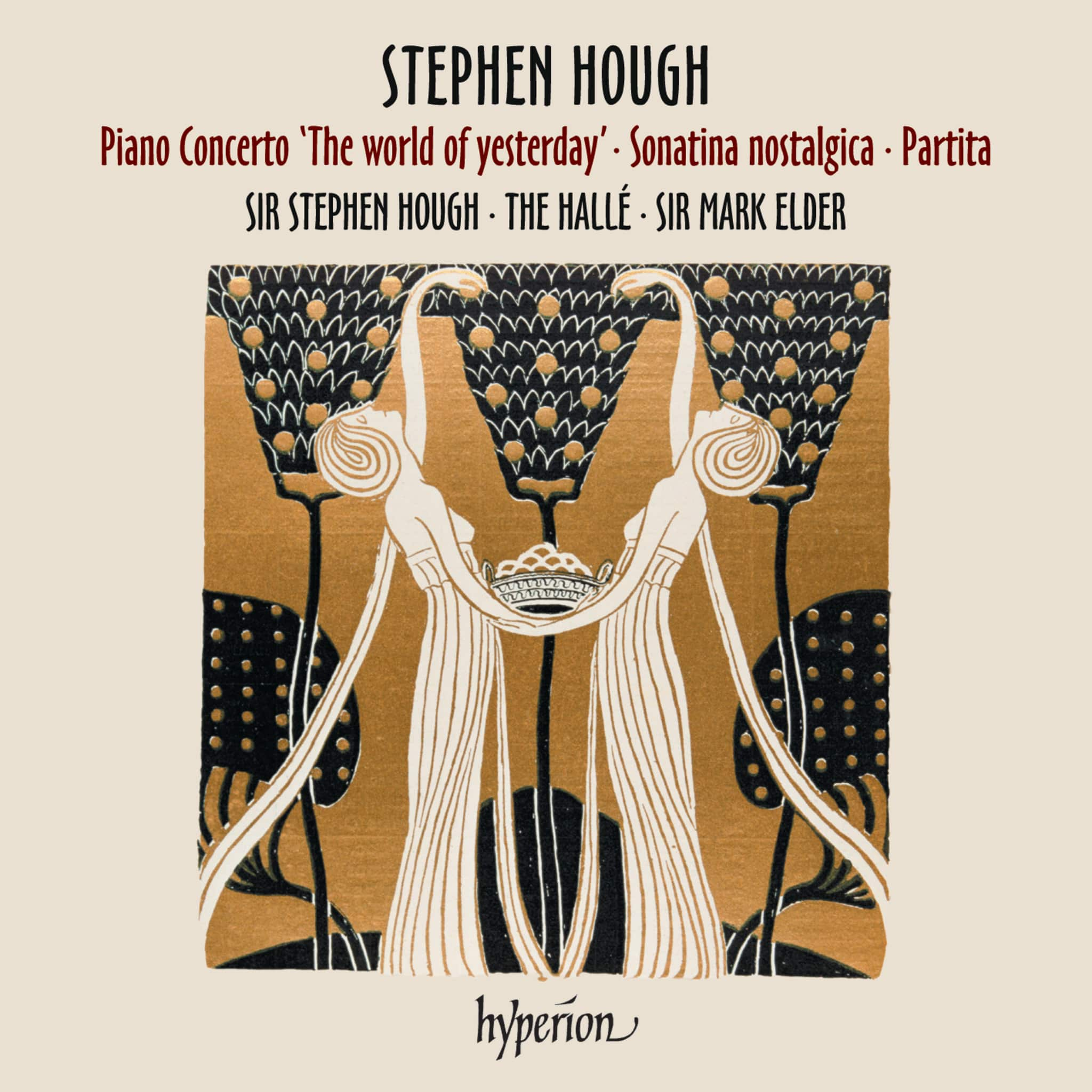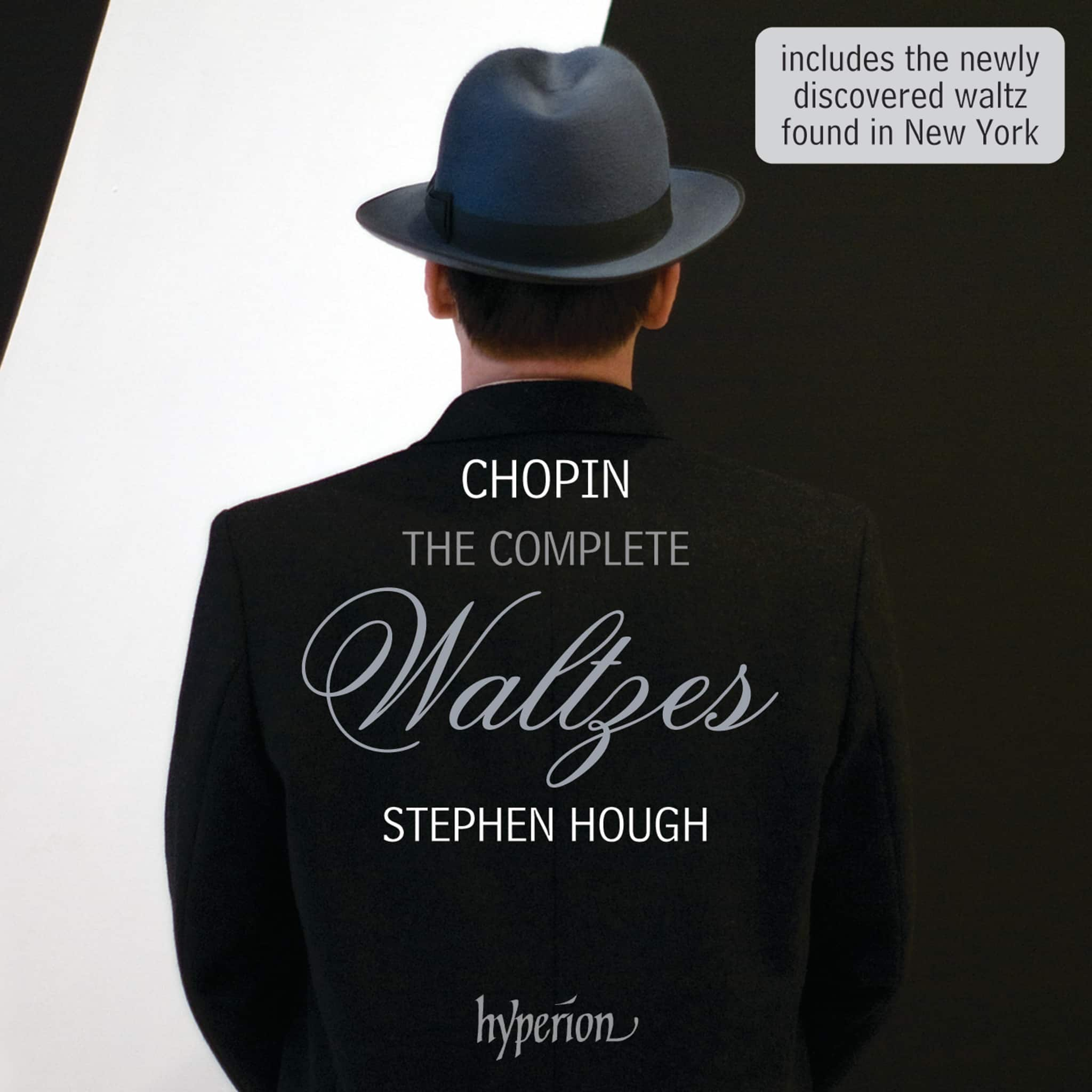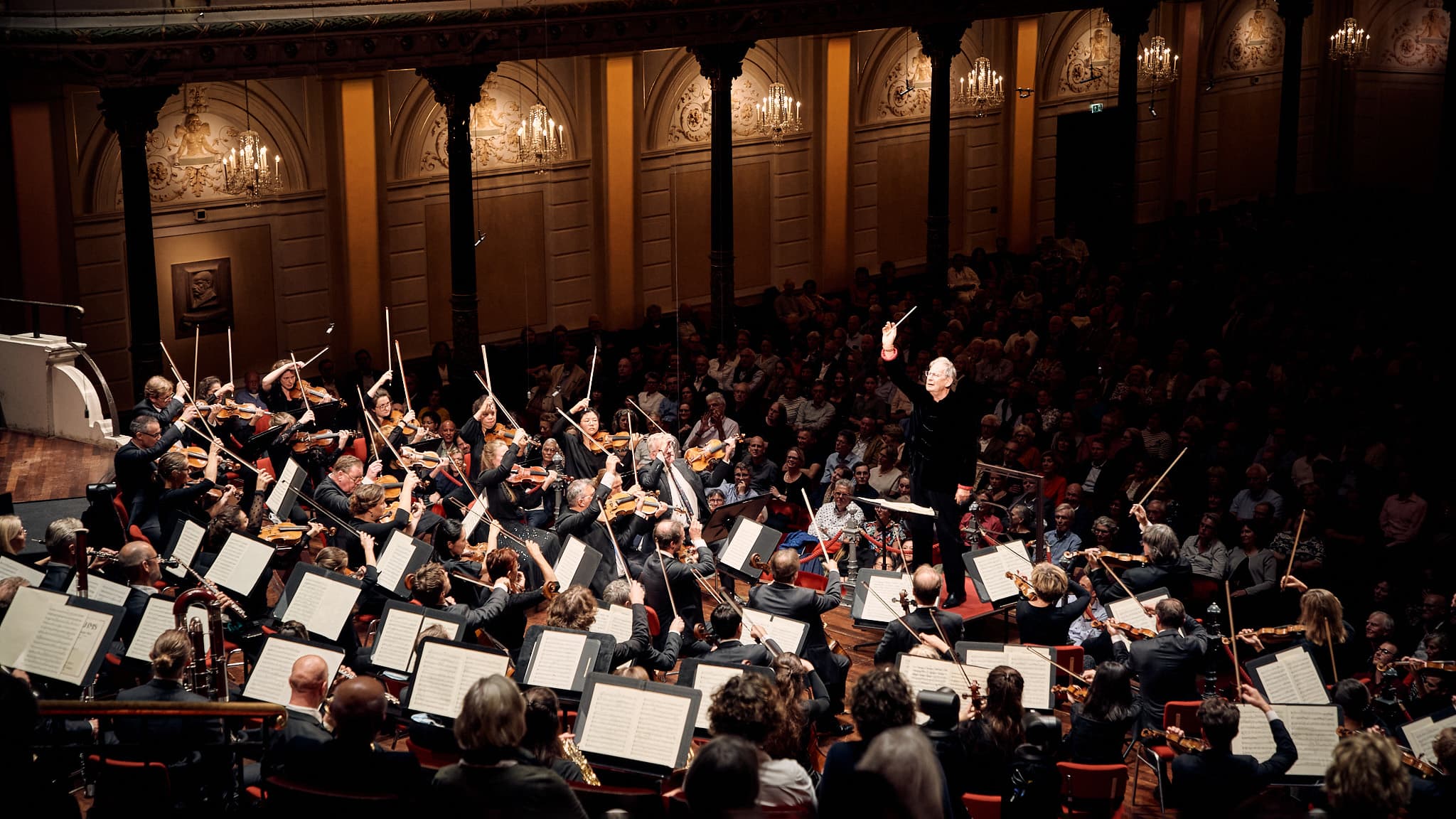Album insights
Die Westminster-Abtei, offiziell bekannt als Stiftskirche des Heiligen Petrus zu Westminster, ist eine weltberühmte anglikanische Kirche in London, England. Seit 1066 fanden hier 40 Krönungen englischer und britischer Monarchen statt, und sie dient als letzte Ruhestätte für 18 englische, schottische und britische Herrscher. Mindestens 16 königliche Hochzeiten wurden seit 1100 in der Abtei gefeiert.
Obwohl die Ursprünge des Gotteshauses im Dunkeln liegen, existierte bereits Mitte des 10. Jahrhunderts eine Abtei mit Benediktinermönchen an diesem Ort. Die erste größere Bauphase begann in den 1040er Jahren im Auftrag von König Edward dem Bekenner, der dort begraben liegt. Der Bau der heutigen Kirche wurde 1245 auf Anordnung Heinrichs III. begonnen. Das Kloster wurde 1559 aufgelöst, und die Kirche erhielt von Elisabeth I. den Status einer "Royal Peculiar" - einer Kirche der Church of England, die direkt dem Souverän unterstellt ist. Die Abtei, der Westminster-Palast und die St. Margaret's Church wurden 1987 aufgrund ihrer historischen und symbolischen Bedeutung zum UNESCO-Weltkulturerbe erklärt.
Die gotische Architektur der Kirche ist hauptsächlich von französischen und englischen Stilen des 13. Jahrhunderts inspiriert, obwohl einige Bereiche frühere romanische oder spätere Barock- und moderne Stilelemente aufweisen. Die Heinrich VII.-Kapelle am östlichen Ende der Kirche ist ein typisches Beispiel für die Perpendicular-Gotik; der Altertumsforscher John Leland bezeichnete sie als "orbis miraculum" ("das Weltwunder").
In der Abtei sind mehr als 3.300 Personen beigesetzt, viele davon bedeutende Persönlichkeiten der britischen Geschichte: Monarchen, Premierminister, Poeten, Schauspieler, Musiker, Wissenschaftler, militärische Führungspersönlichkeiten und der Unbekannte Soldat. Aufgrund der Berühmtheit der dort bestatteten Personen beschrieb der Künstler William Morris die Abtei als "Nationales Walhalla".








